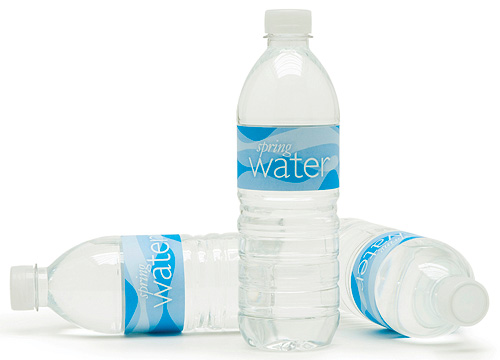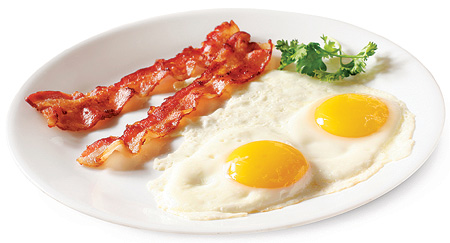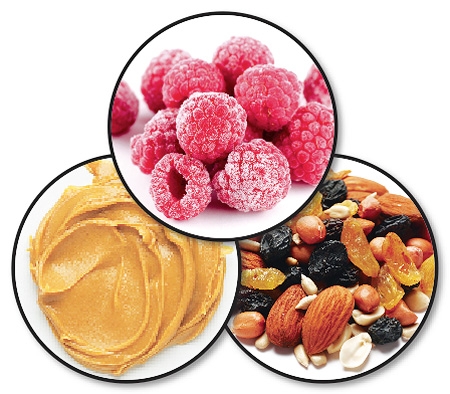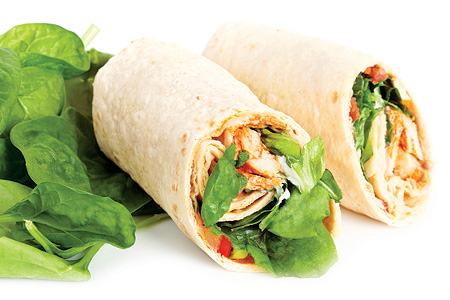Eat Lite for Afternoon Tee Times
Beverage cart girls can be irresistible. They flirt, offer up snacks and cold drinks, and then let you get on with the round. Fun, yes. Healthy, no. While most golfers don’t count calories on the course—you’re burning off about 2,250 of them over 18 holes, so why worry?—there’s a real danger of losing energy and hydration out there, adversely affecting your score. What to do?
Dinner the night before

Light Breakfast for an early start
“Nutrition is key to your success on the course,” says Cate Munroe, nutritionist and kitchen coach based in Phoenix. “Eating the right foods can provide you with the consistent energy, improved concentration and increased stamina you need to shoot lower scores and maximize your physical and mental performance. Proper nutrition can give you the strength to hit it farther off the tee and the focus to drain putts.”
FOOD
Hearty Breakfast for a later start
It all starts before your round—even the night before—when eating the wrong food “may not show on the front nine, but will definitely prevail as you make the turn,” warns Munroe. “Be sure to get nutrients you need to give you consistent energy for a consistent round. Focus on eating natural, whole foods. The less processed, the better. Avoid foods high in sugar. Fat is especially important before your round because it’s going to help sustain your energy throughout the day and keep you full longer.” Since your blood-glucose level can deplete plenty overnight, which will tire you out quickly on the course, eat high-quality carbs with proteins at dinner the night before, such as pasta with meat sauce, chicken, or long-grain rice with stir-fry vegetables.
On game day, if you’re playing early, opt to eat a light breakfast—bananas, nuts, whole-wheat bagel with light cream cheese, yogurt, fruit or cereal with skim milk—before jetting off to the course. If you’re playing mid- or late morning, then “get up early and eat a big breakfast—bacon, eggs, pancakes, biscuits,” advises Adam Smith, PGA professional at Salisbury Country Club in Midlothian, Va., who teaches golf fitness in the off-season. “You have to fuel up.” Eggs, egg whites, low-fat cream cheese and yogurt exemplify good fats and proteins, which will minimize your hunger during the round while increasing your metabolism. According to nutrition experts, if you’re playing in the afternoon, eat a meal three hours before your tee time, and a small high-carbohydrate snack an hour before you play, for energy. A guideline: 30-35 grams of carbs for every hour you’ll be on the course. For lunch, try eating whole-wheat pasta with tomato and meat sauce; a chicken sandwich with soup; or an omelet with toast.
It’s also important to snack frequently on the course. “Have a granola bar, apple or banana,” says Smith. “If you’re walking, keep snacks in your bag. Even if you’re riding in a cart, you need fuel intake. Beverage carts don’t usually have the healthiest snacks.” So pack nuts, peanut butter on whole-wheat bread, sunflower or pumpkin seeds, beef jerky, or even frozen berries that’ll defrost during the round. And at the turn, if you’re looking for something filling, grab a burger or chicken sandwich on whole-wheat bread or in a tortilla. Because you’ll be on the course for roughly five hours, you ideally want to walk off the 18th green with as much energy as you had on the first tee.

16 oz. 2 Hours before you playDRINK
The single-most important nutrition-related guideline to remember in golf is to stay hydrated. “If you find yourself thirsty during a round, that means you’re already dehydrated,” says Smith. “Drink a lot of water constantly. You want a full tank all the time.” Drink 16 ounces about two hours before you play, whenever possible. Then have another eight ounces a half hour before you tee off, then another eight ounces 15 minutes before. Then keep sipping from a water bottle the entire round. Why so much water? You’ll sweat it all out of your system quickly, particularly when it’s hot out. If you lose one percent of your weight via dehydration, your heart has to beat an extra three to five times per minute; more than three percent can have severe health repercussions. Bottom line: The more you sweat, the more water you need to drink.
Steve Heller, golf fitness coach for the likes of PGA Tour pros Ricky Barnes and Jeff Quinney, runs Fore-Max Golf Training Systems at the Westin Kierland Golf Resort in Scottsdale. He and his staff perpetually see dehydrated golfers at their desert resort. “Amateurs aren’t used to dry conditions,” says Heller. “They’re on vacation, have a beer or coffee, then don’t touch water. Their game goes bad, but it’s actually a physical health issue. Their blood pressure and blood dilation change, and they’re lucky to make it through the round—forget the golf swing. We see six heat-stroke cases a month, during our warm seasons. Our staffers remind golfers to drink a water bottle every two holes. Pros have a bottle every hole. You sweat it out quickly. There aren’t many warning signs, either. First you get a little headache, then you’re suddenly down for the count. If you’re not using the bathroom a lot on the course, you clearly have to drink more water.”
While not necessarily bad for your game, caffeine changes your blood chemistry so much that you dehydrate and get shaky on short putts. “Have two cups of water for every cup of coffee you drink,” says Heller. “Otherwise, you’re on hole No. 2, you haven’t gone to the bathroom and you start to get shaky fast.” Many PGA Tour pros, including Zach Johnson and Stephen Ames, drink Amino Vital or Amino Vital’s Focus Zone every six holes to get a rise without the caffeine crash later on. It helps them maintain focus and physical strength by delivering the proper amino acids for fast body absorption. Focus Zone’s loaded with electrolytes and vitamin C, and is better for your body than soda and sugar-loaded sports drinks. Speaking of drinking, experts claim having a beer on the course is fine—as long as you’re drinking twice as much water.
Heller stresses that good nutrition yields a better physique, makes it mechanically easier to put a good swing on the ball, and makes you feel more fit, flexible and stronger. “Eat the right things, and it’ll transfer to your golf game,” says Heller. “PGA Tour pros eat right—they know what to snack on and when, during the round. They’re conditioned to not get tired on the course. We work with people who get all of their exercises right and then go out drinking. By the time they hit the 12th hole the next morning, they’re done. And that’s proof that it’s not just fitness that carries into their game as much as what they’re eating and putting in their body.”
After your round, eat as soon as possible, as there’s a time window after which your body’s capacity to rebuild itself diminishes. Eat about ¼ of your daily protein requirement, plus carbs and water. For example, have a turkey sandwich on whole-wheat bread, a power bar or small cup of almonds, and a small glass of juice.
You Par What You Eat
Eat right, Play Well
By Scott Kramer








